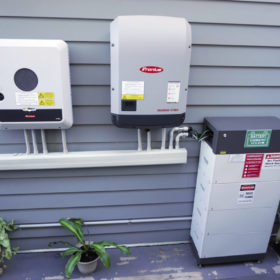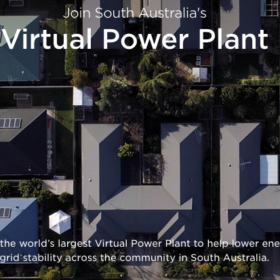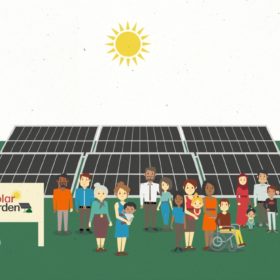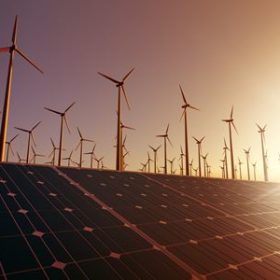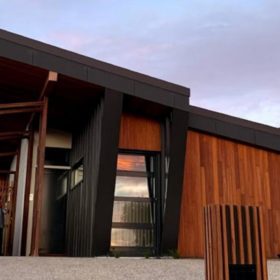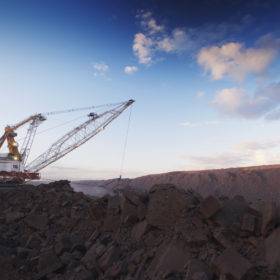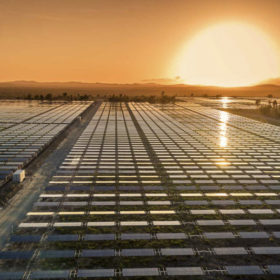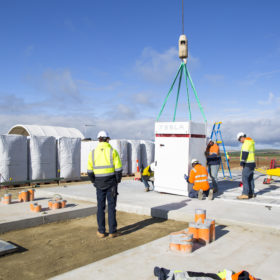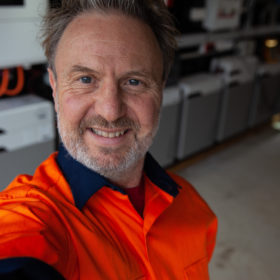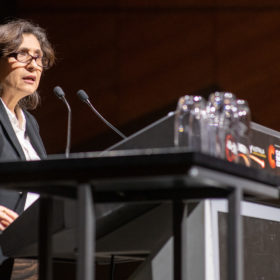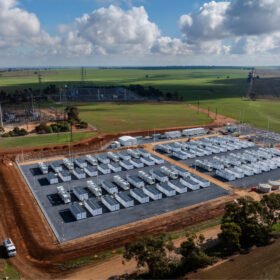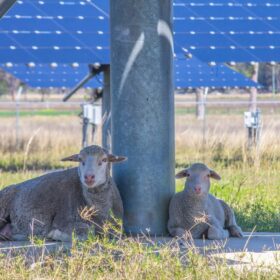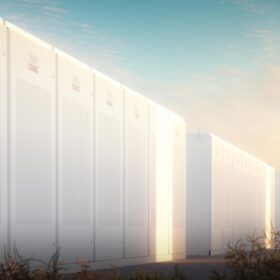Long read: Distribution constraints drive battery demand
With 82,000 cumulative system installations, Australia ranks among the world’s leading markets for residential energy storage. But uptake is still sluggish, thanks to long payback periods, and market developments are only now beginning to emerge. That said, forecasts are still bullish for batteries Down Under – it is only a question of when.
SA social housing to become world’s biggest VPP
3,000 social housing properties in South Australia are to be transformed into the world’s largest virtual power plant (VPP). Tesla has picked up a grants ARENA and the SA Government, and an investment from CEFC to execute the $60.6 million project, which is intended to deliver lower electricity costs for residents and a more stable grid.
Australia’s first large scale solar garden – city dwellers of the world, unite!
Almost a third of Australians are locked behind the solar barrier, they’re renters, tenants, urban apartment-dwellers who don’t have the luxury of installing their own solar PV. However, now city-dwellers can participate in the solar transition too, by becoming members of the Haystacks Solar Garden which operates in much the same way as community garden.
ANU study shows Australia still leading per capita renewable uptake, but policy is stifling progress
New analysis from The Australian National University along with recently published figures from the Clean Energy Regulator demonstrate that Australia remains the world leader in wind and solar deployment per capita, particularly rooftop PV. However, federal policy is failing to invest in desperately needed infrastructural upgrades.
Forget 7-star luxury, Adelaide is now home to a 10-star sustainable home
South Australia’s first ten-star home was completed last month, a home that consumes twenty times less energy than the average Australian household, in part thanks to its Fimer React 2 solar hybrid system.
BHP signs semi-renewable PPA with CleanCo for its Queensland coal mines
Australian mining giant BHP has signed a five-year power purchase agreement with CleanCo as it looks to cut emissions from its electricity use at its QLD coal mines by 50% by 2025. The agreement relies on a variety of energy sources, including gas, at least until the Western Downs Green Power Hub comes online in late 2022. Critics have described the deal as “greenwashing”.
NAIF lends support to NT’s first privately owned solar and gas projects
The Federal Government’s Northern Australia Infrastructure Facility is backing Melbourne-based investment firm Merricks Capital to the tune of $37 million for the construction of a 10 MW solar farm and a 12 MW gas power plant south of Darwin. The twin projects are set to be the first privately owned and operated energy projects in the Territory.
Neoen completes Hornsdale big battery expansion
The 50% expansion of Neoen’s Hornsdale Power Reserve, otherwise known as the Tesla Big Battery, has been successfully completed. If testing of the upgraded battery goes well, Hornsdale could begin to function with an expanded remit of synthetic inertia services, a capability which could have significant impact on regulatory changes.
‘High brand recognition’ meets modern features in new GE inverter
A new solar inverter is set to arrive on Aussie shores, in the form of the 5 kWp GE rooftop unit. Having received one of the first systems to roll off production lines, SolarQuip’s Glen Morris describes the unit as combining all the features of a modern solar inverter, with “high brand recognition.”
VRET-2 takes shape as a part of Victoria’s Covid-19 recovery plan
The Victorian state government is sounding out the market to support the development of “at least 600 MW” of renewable energy projects in the state. Building on the VRET program, which saw close to 1 GW of wind and solar development under reverse auction, the government is looking to foster a renewables-led recovery from the pandemic.
